Colourful Characters: Jantina Tammes
On 9 December 2025, it will have been exactly 400 years since Ubbo Emmius, the founder of the University of Groningen, passed away. In his tracks, various people who worked and studied there through the centuries made the UG a brighter place. Some of them have been exceptionally important, due to their remarkable achievements, ideas, and activities. This series sheds a light on some of these ‘Colourful Characters’. This week: Jantina Tammes.
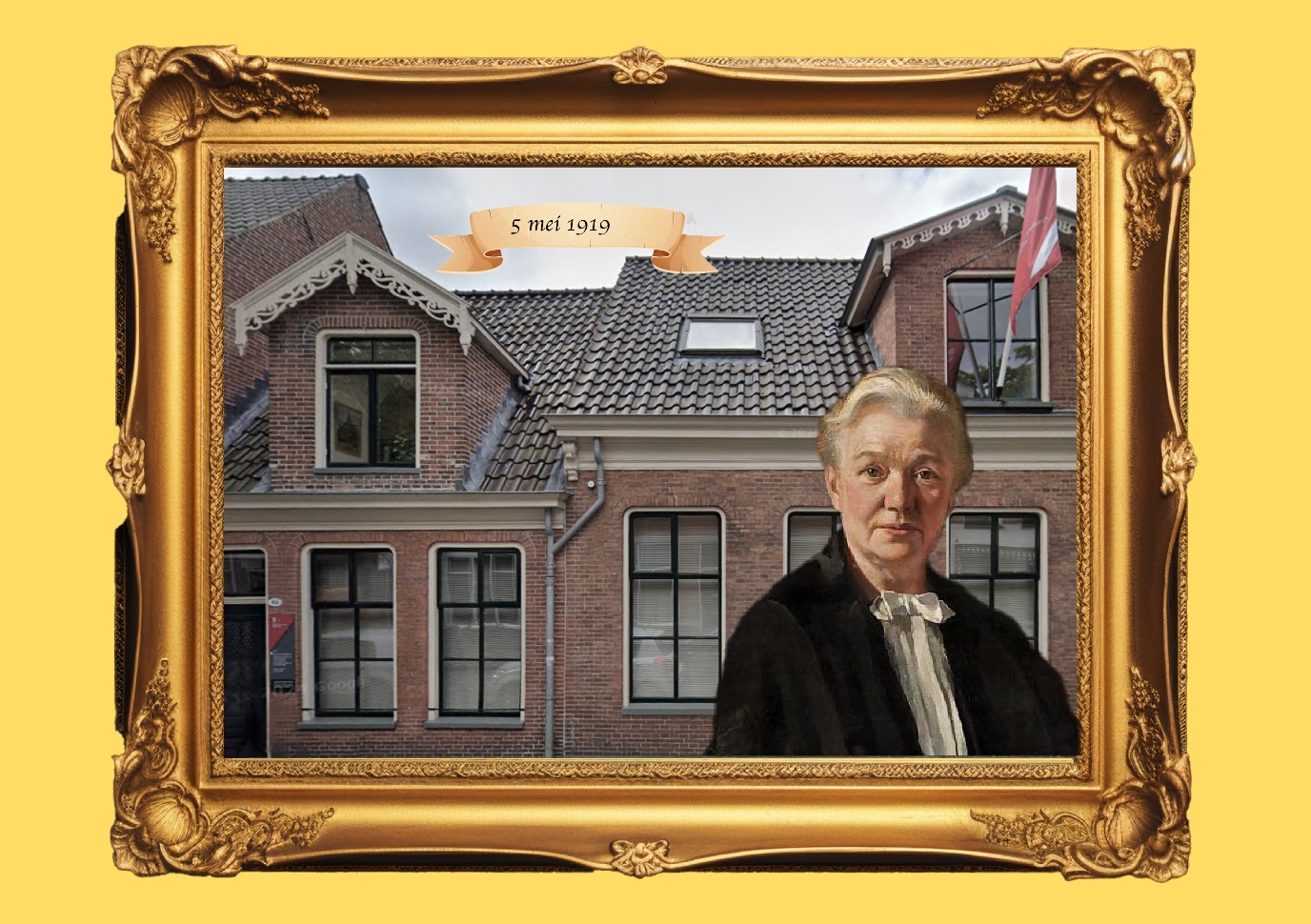
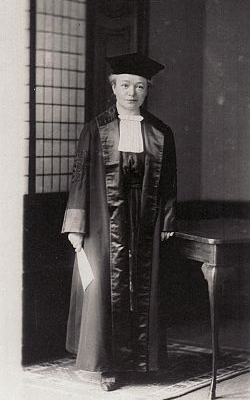
5 May 1919: Jantina Tammes appointed Extraordinary Professor of Genetics
With her appointment, Jantina Tammes officially became the first female professor in Groningen. Eight years earlier, Professor of Botany Jan Willem Moll had already proposed that the faculty appoint a professor of genetics. He understood that the new discipline of genetics would take off in a major fashion and that it was of great importance for agriculture. It was then that ‘Tine’ Tammes was mentioned. Moll recognized and lauded her ‘outstanding and even pioneering work’. However, due to budget cuts, Moll falling ill, and the start of the First World War, Tammes was not appointed as the second female professor in the Netherlands until 1919. Johanna Westerdijk took up the first position in Utrecht in 1917.
Peperstraat
Jantina Tammes was born to a middle-class family in Peperstraat in Groningen in 1871. Her father was a manufacturer in cacao, chocolate, and sugar factories. Tammes attended a secondary school for girls. After her final exams, she took private lessons in mathematics, physics, and chemistry. In 1890, she enrolled at the university in Groningen. Back then, the university had a total of 415 students, only 11 of whom were female. They logically sought each other’s support and company. Together with two other female students, Tammes founded a walking club called Pluvia. This club later developed into the first association for female students, Magna Pete.
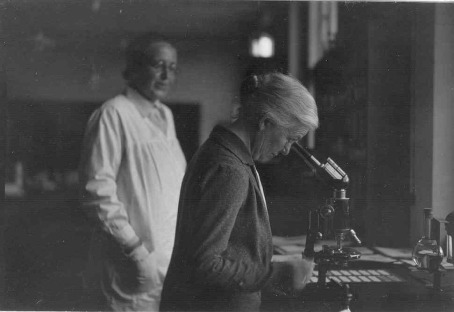
Enlightened environment
In 1894, Tammes started teaching physics and chemistry at the same girls’ school that she had attended as a pupil. Three years later, she was asked to become Moll’s assistant at the university in Groningen. He had recognized her talents and potential. He had been Professor of Botany since 1890, in a period in which research at the Groningen university blossomed. At that time, historian Huizinga, psychologist and philosopher Heymans, physiologist Hamburger, and astronomer Kapteyn also worked here. Tine Tammes came into contact with this enlightened environment. It was an environment that was open to female participation, but which simultaneously questioned it.
Tammes belonged to the vanguard of women in science and knew that many eyes were on her. This couldn’t have been easy for a humble person like her. Moll continued encouraging her to publish. As a result of his negotiations, she was able to conduct research in the laboratory of Amsterdam’s Professor of Botany, Hugo de Vries, for a number of months before the change of the century. It was there that she learnt about issues concerning variation, evolution, and genetics; a new scientific direction that called on her mathematic aptitude and on which she was one of the first in the Netherlands to publish.
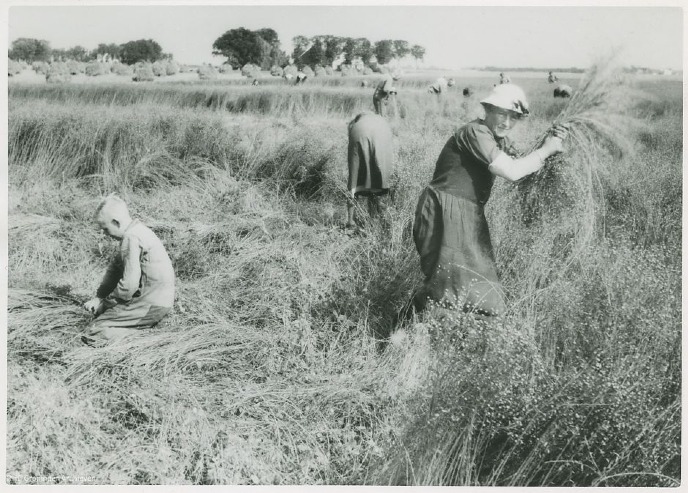
Flax
Her genetic research into the agricultural crop flax was particularly meaningful. Her monograph Der Flachsstengel was published in 1907. For this research, Tammes made use of statistics and probability. To this end, she benefited from contact with the Groningen astronomer Kapteyn, who had an equally great interest in mathematics and statistics. She gained international recognition for her publications on flax. Interested parties came to look at her flax cultures all the way from Russia. Tammes also became an authority for farmers in the province of Groningen, who had a vested interest in the improvement of agricultural crops.
Eugenics
Tammes was the first professor of genetics in the Netherlands. During her inaugural speech on 20 September 1919, she expressed criticism towards eugenics, the movement that aimed to improve the human race by applying laws of genetics. She also stood against the laws that legally enabled some states in America to sterilize mentally disabled people, criminals, and alcoholics. She believed that too little was still known about the genetic construction of humans to take such measures. Tammes fiercely advocated for the improvement of economic conditions: food, light, and air for all, so that everybody could develop their dispositions. To this end, an improved division of labour, the appreciation of all types of work, and the improvement of environmental factors were necessary.
Self-confidence
It appears that Tammes’ appointment as professor was a turning point in her life; her self-confidence visibly increased, as she actively profiled herself as a professor. For instance, she attended international conferences and joined the editorial teams of various academic journals. However, these activities and her teaching tasks took up so much of her time that she hardly published any more. Nevertheless, she supervised eight PhD students and was also involved in the PhD programmes of a few medics. In 1937, Tammes decided that she wanted to spend more time on research, and therefore resigned from her position as professor. In 1941, Tammes turned 70 years old. Her friends honoured her in a modest way, with a bundle of her seven most important works, a photo of her, and a list of her publications.
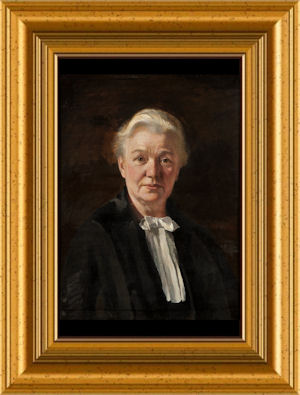
Portrait in the Senate Room
After her death on 20 September 1947, Tammes was buried in Esserveld in Haren. Her gravestone states that she was a professor, but not that she was an extraordinary professor. As if she feared that the odd passer-by in the churchyard who wasn’t familiar with university jargon would think that she was a woman of exceptional merits... Her painted portrait, which her family gifted to the university in 1948, found its place in the Senate Room of the Academy Building. For a long time, this was the only portrait of a woman on a wall otherwise solely decked with paintings of men in robes.
Jantina Tammes in the city of Groningen in 2025
The Faculty of Behavioural and Social Sciences building at Nieuwe Kijk in ’t Jatstraat 68 in Groningen is called the Jantina Tammes Building. In addition, the University of Groningen has named one of its four interdisciplinary schools after her: the Jantina Tammes School of Digital Society, Technology & AI. The portrait of Jantina Tammes, painted by Jan Kleintjes, hangs in the Senate Room of the Academy Building.
Jantina Tammes
-
1871: Born in Groningen on 23 June
-
1890: Enrolled as a student at the university in Groningen
-
1897: Became the assistant of Professor of Botany Jan Willem Moll
-
1907: Published Der Flachsstengel: Eine statistisch-anatomische Monographie [The Flax Stem: A Statistical Anatomical Monograph]
-
1919: Was appointed Extraordinary Professor of Genetics in Groningen
-
1937: Retired as professor
-
1947: Died in Groningen
For more Colourful Characters, see the overview page.
More news
-
15 September 2025
Successful visit to the UG by Rector of Institut Teknologi Bandung
